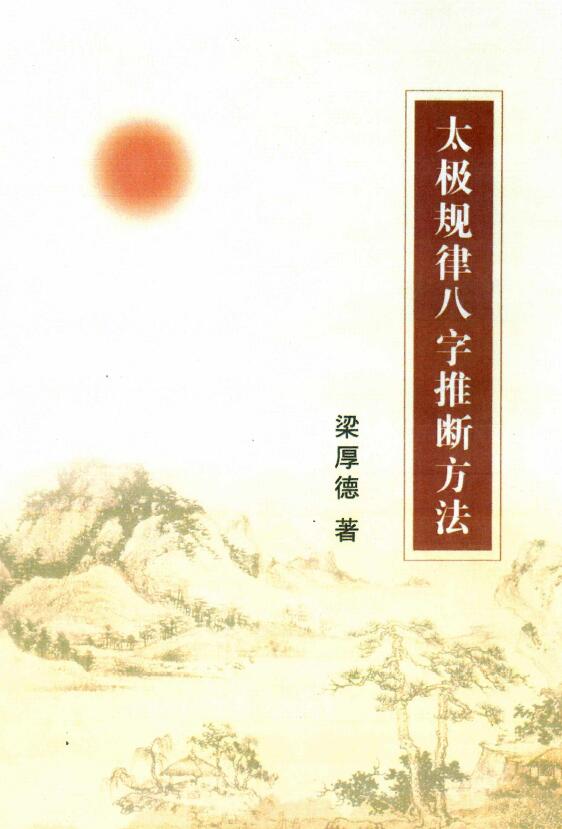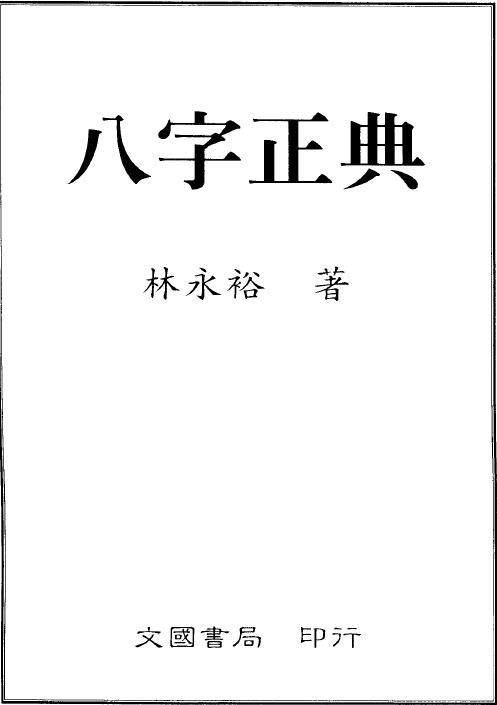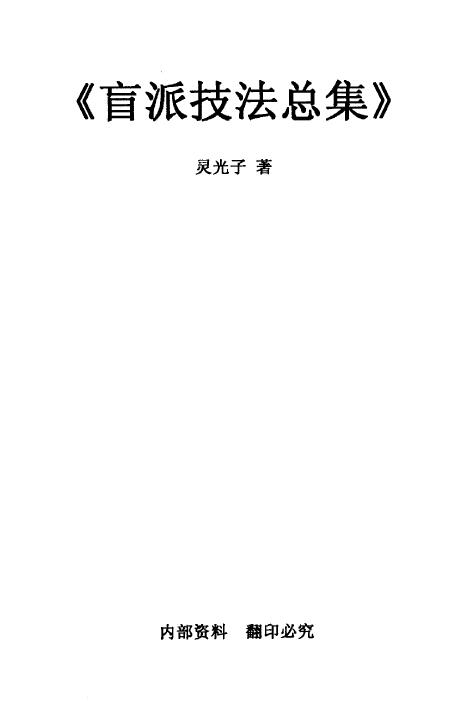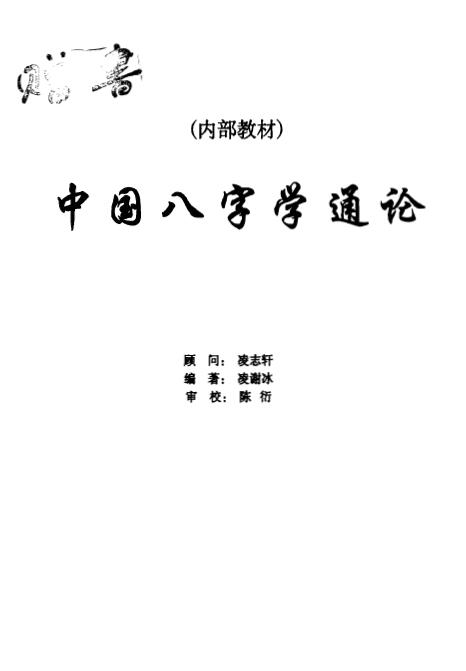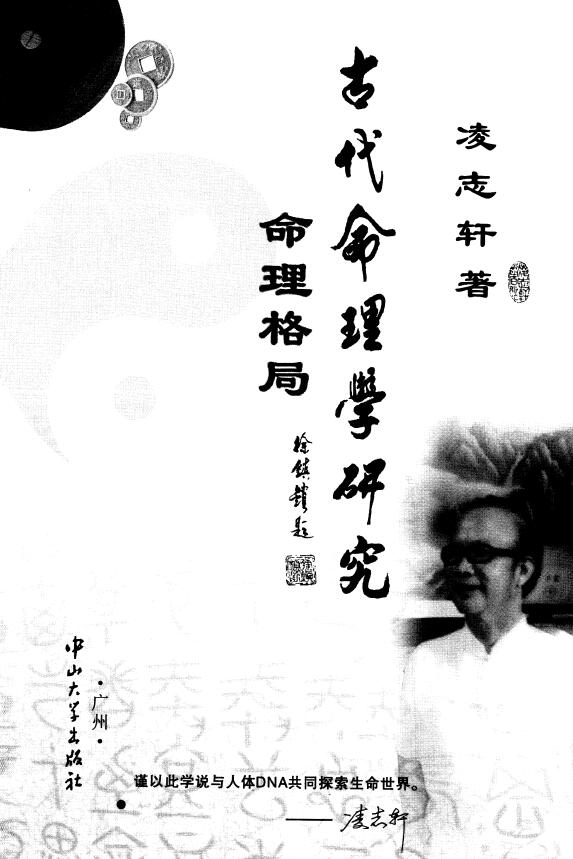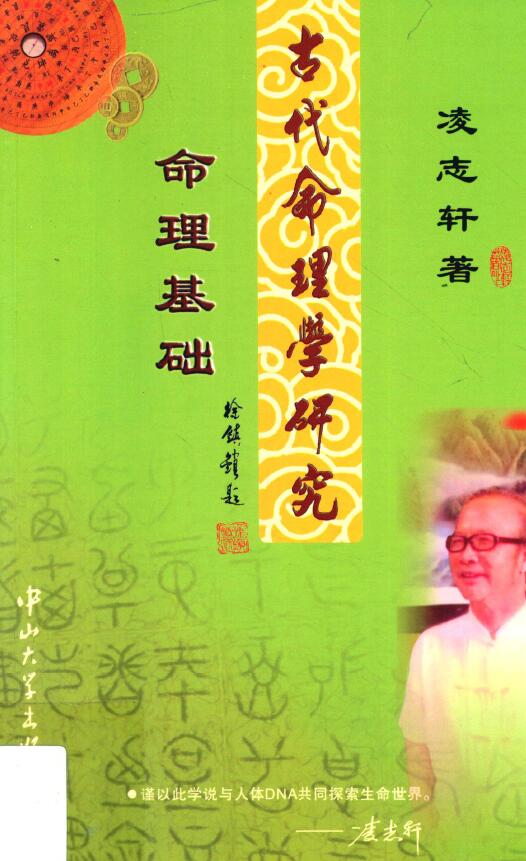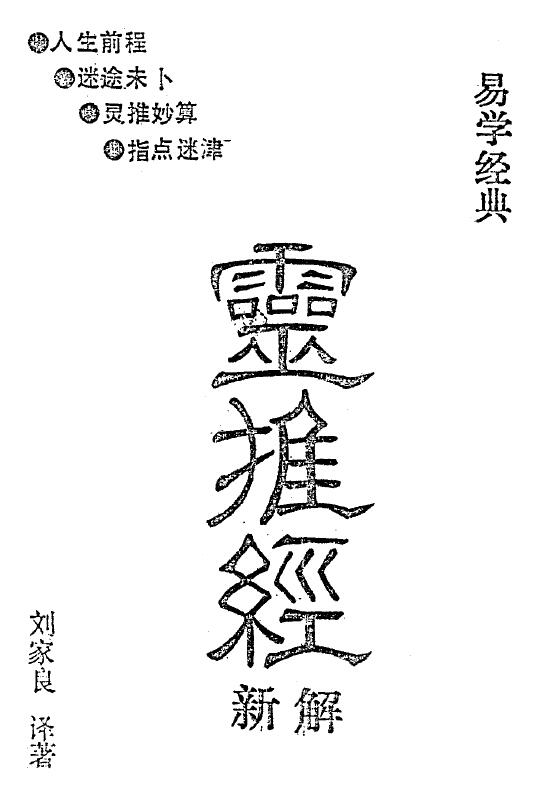Li Yunlong’s Commentary on “Blind Pai Bazi Manuscript”
Li Yunlong’s Commentary on “Blind Pai Bazi Manuscript” PDF e-book download. (Please refer to the screenshot below for content clarity) Introduction Tiangan is referred to as dry, that is, A, B, D, E, G, Xin, Ren, and Gui are divided into yin and yang, that is, A, B, W, G, and Ren are Yang dry, and B, D, He, Xin, and Gui are shade dry. At the same time, for the convenience of future use, I also have to memorize a kind of inverted Jiazi, that is, Kui Wang Xin Geng has Wu Ding Bing B Jia.
Li Yunlong’s Annotated “Commentary on the Blind School Bazi Manuscript” PDF e-book download. (Please refer to the screenshot below for content clarity)
Introduction
Heavenly stems are abbreviated as dry, that is, A, B, C, D, E, G, Xin, Ren, Gui, which are divided into yin and yang, namely A Bingwugengren is dry in the sun, Bing, Ding, and Xingui are drying in the shade. At the same time, for the convenience of future use, you have to memorize a kind of inverted Jiazi, that is, Guiwang Xingeng, Wuding, Bingyi, and Jia. Earthly Branches are also called branches, that is, Zi Chou Yin Mao Chen Si Wu Wei Shen You Xu Hai, which is also divided into Yin and Yang: Zi Yin Chen Wu Shen Xu is the Six Yang Branch, Chou Hai Xi Wei Si Mao, and Liu Yin Branch. Note that the Six Yin Branches are so inverse There is no benefit or harm in using the Four Pillars of Pai Ni Ji, but if you want to continue to learn Liuyao and Bagua, you will unintentionally add a foundation). For the convenience of memory and use, we firstly locate the twelve earthly branches on the palm.
Some screenshots
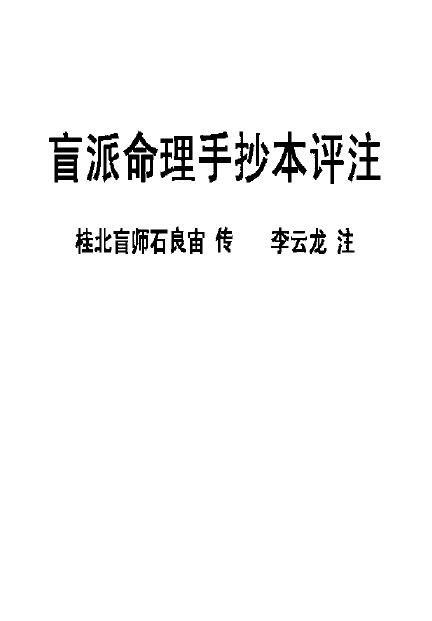
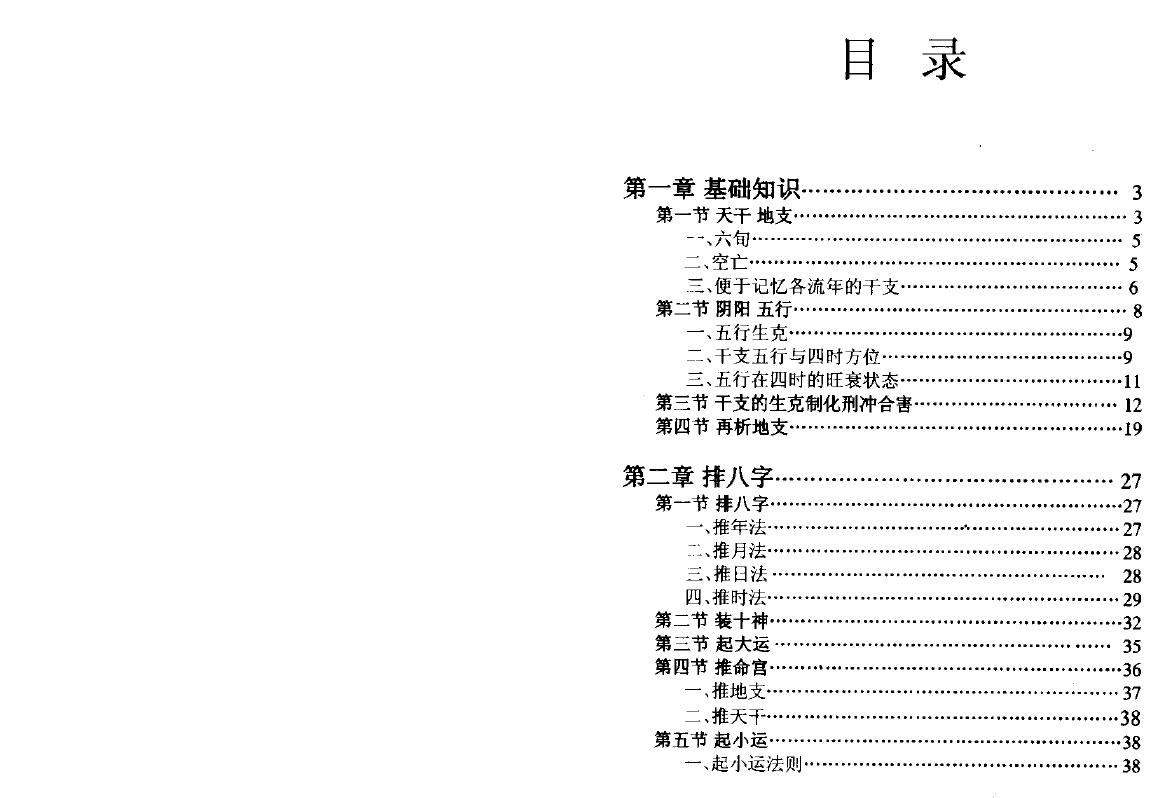

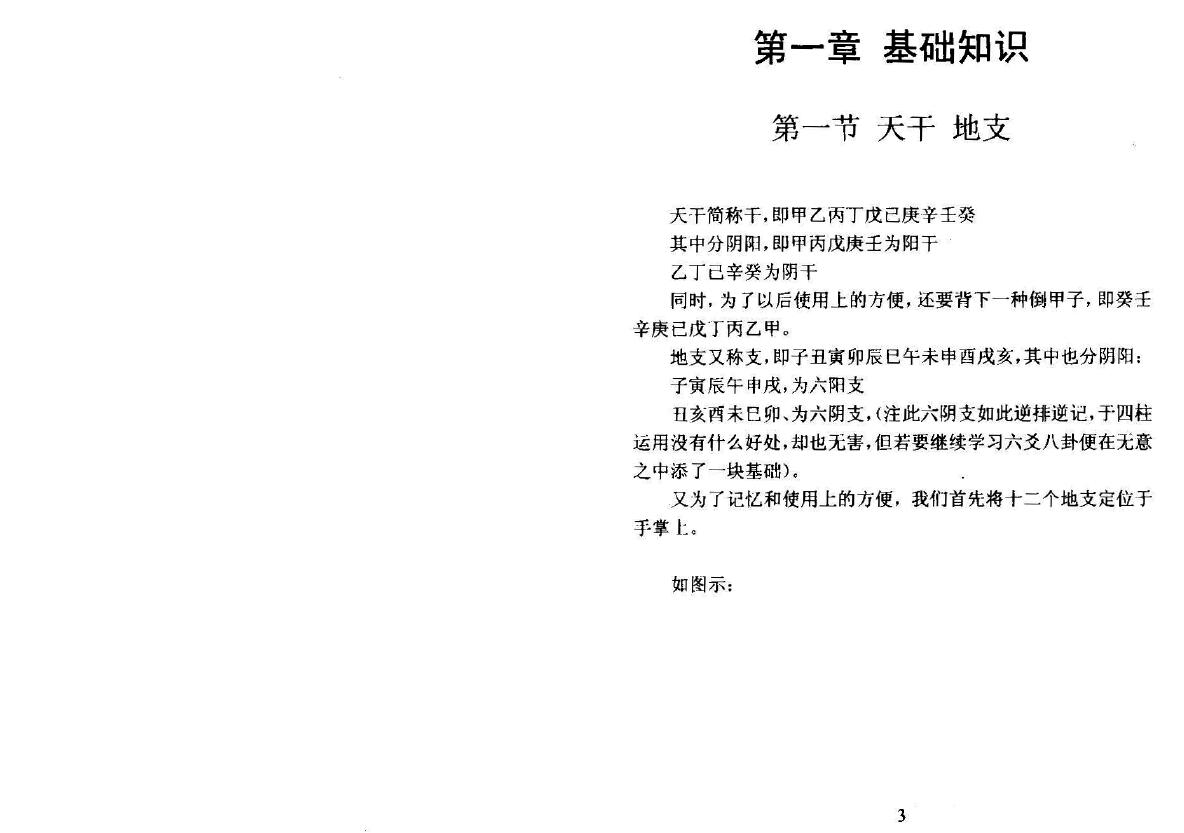
BOOK INFO:
- Publication Date: 未知
- Language: 中文
- Identifier: 内部视频
- Total Pages: 1
- File Type: PDF
Search Tags:
Download Link:
Payment Method:
1、Open Tittle
2、Click to Pay New
3、Click on the material you want to buy
4、Click on "Payment Methods"
5、Click on the material you want to buy
6、Choose from one of your existing payment methods or add a new one
7、Complete purchase
NOTE: If you add a payment method when making a purchase, it will be saved in your account.
